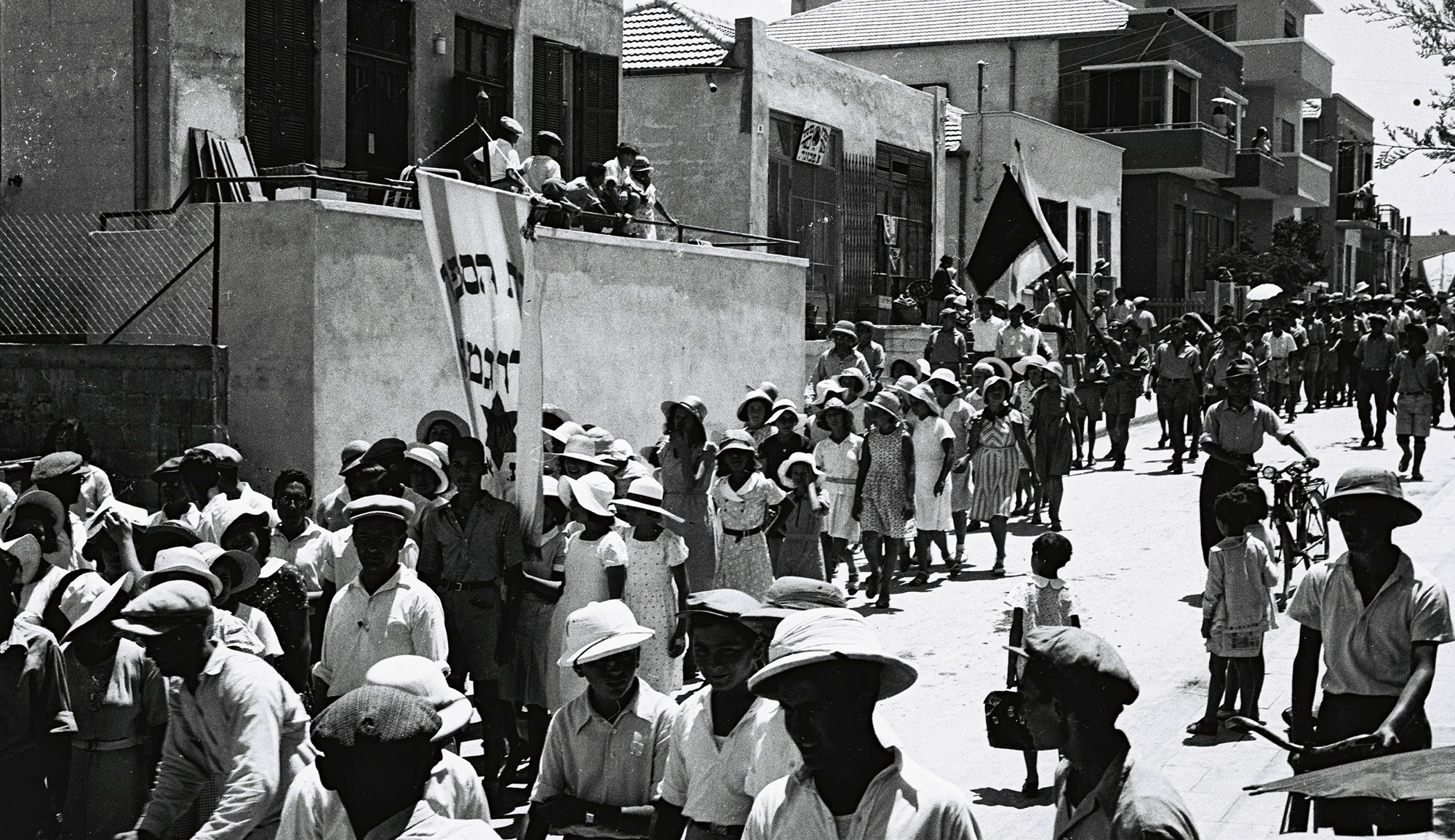By the 13th century, three distinct strands of rabbinic thought and scholarship had emerged: a Spanish and North African school, influenced by Arabic science and philosophy, that focused on grammar, theology, and using the Talmud to establish practical legal rulings; the school of the Ḥasidei Ashkenaz, or German pietists, centered in the Rhineland, that focused on meticulous observance, asceticism, moral perfection, and a unique variety of mysticism; and the school of the Tosafists (centered in northeastern France), who focused on sophisticated analysis of talmudic dialectics. Rabbi Asher ben Yeḥiel (ca. 1250–1327)—known as “the Rosh”—would bring these three strands together, as Tamar Marvin explains:
[Asher’s] father and first teacher was a student of Rabbi Judah the Pious, among the most famed of German pietists. He then seems to have spent some time learning in Tsarfat (northern France) before settling in Cologne (Köln), with which he is often associated. However, Asher made his way to Worms, becoming a leading student of the great Meir of Rothenburg. Meir, one of the last great Tosafists, passed to Asher the wealth of his scholarship.
Sadly, the situation in Germany began to deteriorate not long after Asher’s birth, compounded by the interregnum, when authority over German lands was in contest. (Periods of transition of power, and especially political uncertainty, generally spelled trouble for premodern people, and especially minorities such as Jews.) When Meir attempted to flee to safety, he was arrested. Into the fray, Asher was ineluctably thrust. His attempts to secure the release of his teacher, including a substantial pledge of his own money, show him to have been a wealthy and influential member of the [Jewish] elite.
Rabbi Asher learned well the lessons of Meir’s political entanglements . . . [and] made the very understandable decision to get out of Dodge. [Eventually], he made his way to Toledo, where at least one of his sons had already settled. There, in Castile, fumbling in Arabic and ostensibly the local vernacular, the Rosh rebuilt his life.
Rabbi Asher did much to introduce Spanish Jews to the methods of study of their French and German coreligionists, and the talmudic scholarship he produced in Spain became one of the cornerstones of future Sephardi and Ashkenazi jurisprudence.
Read more at Stories from Jewish History
More about: Ashkenazi Jewry, Ḥasidei Ashkenaz, Middle Ages, Sephardim, Talmud


